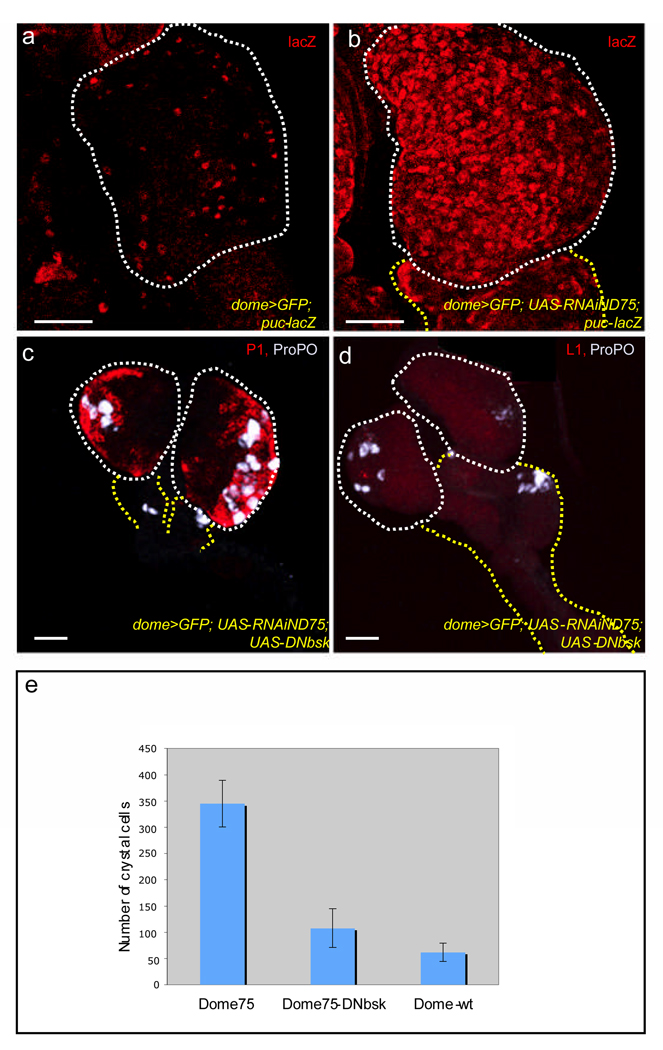Figure 3. Disrupting JNK signaling suppresses the ROS-dependent differentiation Phenotype.
The progenitor population also expresses the MZ marker, dome-gal4, UAS-2xEYFP (green), in panels (a–d), but this has been omitted for clarity. Lymph glands that express a RNAi construct to ND75 (dome-gal4, UAS-2xEYFP; UAS-RNAiND75), are abbreviated as ND75RNAi. Scale bars: 50µm.
(a, b) JNK signaling is activated upon ROS increase. puc-lacZ expression (red) in WT lymph glands (a) and ND75RNAi lymph glands (b). puc-lacZ, which is a transcriptional reporter of JNK signaling is dramatically elevated in ND75RNAi cells.
(c, d) JNK signaling is required for triggering differentiation associated with ND75 disruption.
Expressing a dominant negative construct of JNK in the precursor population ameliorates the effect of complex I disruption as the number of plasmatocytes (red in c) crystal cells (gray in c and d) and lamellocytes (red in d) are reduced virtually to WT levels. Compare (3c, d) with (2d, e)
(e) Suppression of the number of crystal cells formed in ND75RNAiUAS-DNbsk lymph glands relative to ND75RNAi lymph glands. Error bars are s.e.m and n = 10.

